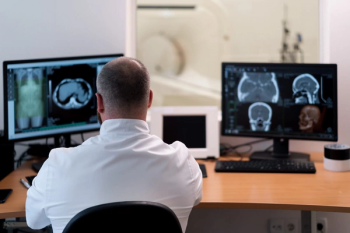
A singular database of current rules, guidelines and best practices in radiology would be a welcome advance to ensure ease of access, consistency, and proactive prevention of frivolous malpractice cases.
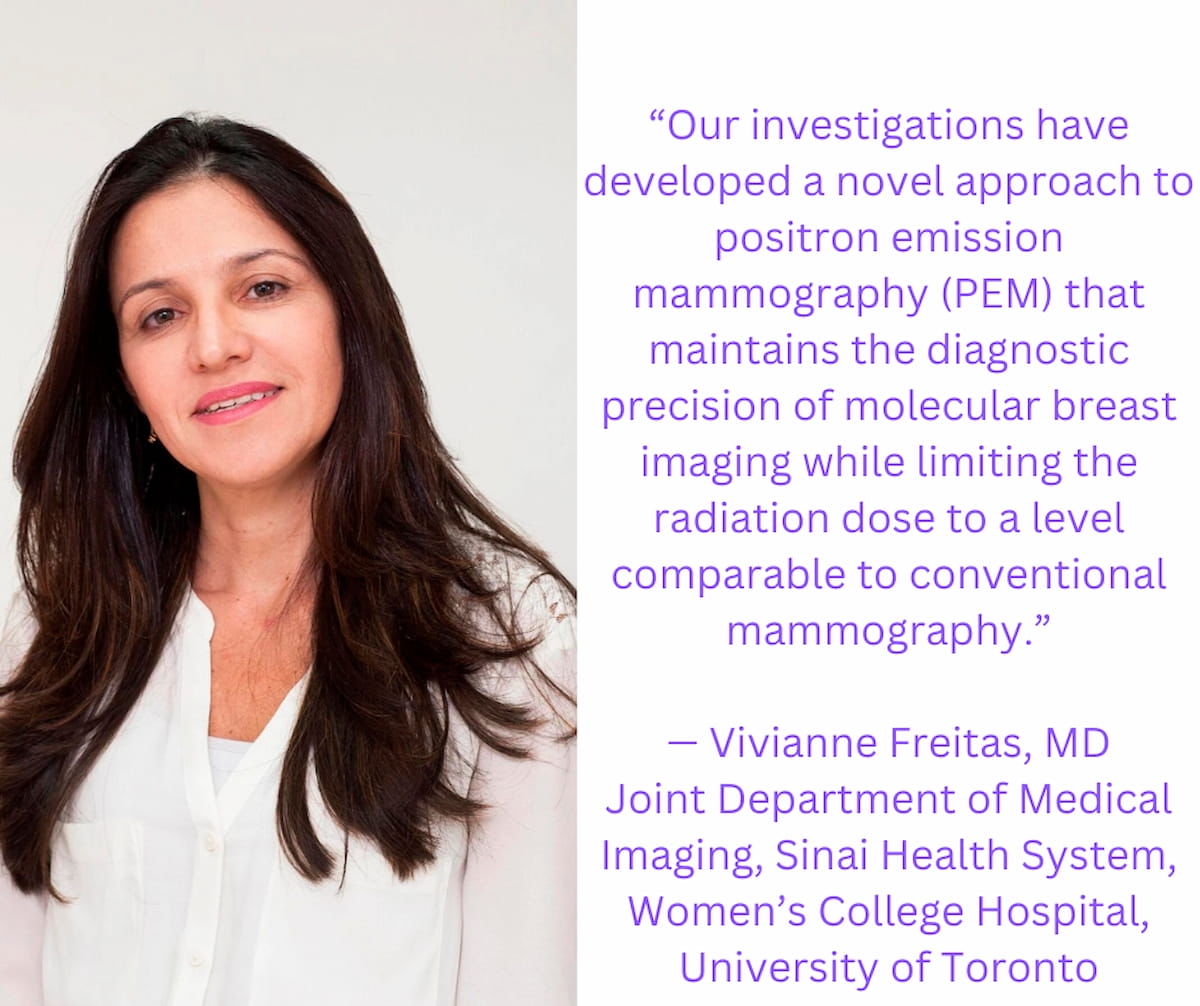
In a recent interview, Vivianne Freitas, M.D., discussed new research findings on positron emission mammography (PEM), pertinent benefits of the technology and its potential as a viable alternative in the future to conventional imaging techniques for breast cancer screening.

A singular database of current rules, guidelines and best practices in radiology would be a welcome advance to ensure ease of access, consistency, and proactive prevention of frivolous malpractice cases.

Catch up on the top radiology content of the past week.

For women with dense breasts, abbreviated breast MRI and digital breast tomosynthesis (DBT) both offered greater than 98 percent sensitivity rates and greater than 94 percent negative predictive values (NPVs) for breast cancer detection, according to newly published research.

Catch up on the top radiology content of the past week.

In a study assessing the use of a genetic risk stratification model to estimate breast cancer risk in over 25,000 women, researchers found that 0.69 percent of women at low genetic risk were diagnosed with breast cancer by the age of 45 and 1.41 percent of this group were diagnosed by the age of 58.
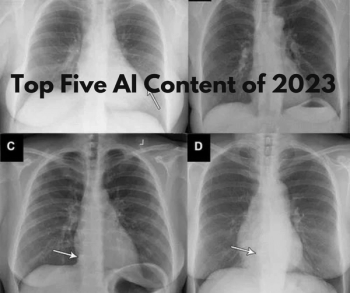
Catch up on the most viewed content on AI in radiology from 2023.

Touching on a variety of topics in radiology, here are the top five most well-viewed content from Diagnostic Imaging in 2023.

Catch up on the most well-read mammography articles from 2023.

Catch up on the top radiology content of the past week.
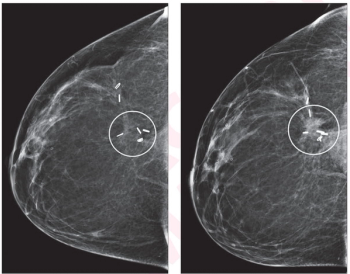
In a study of over 30,000 screening digital breast tomosynthesis (DBT) exams for over 8,000 women, researchers found a specificity rate of 95.1 percent, a false negative rate of 2.1 (per 1,000 exams) and an abnormal interpretation rate (AIR) of 5.7 percent.
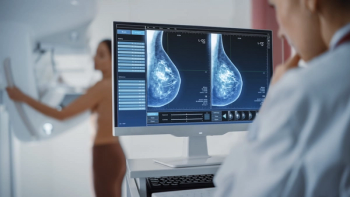
In a study examining the potential of the large language models ChatGPT-4 and Bard to follow ACR Appropriateness Criteria for breast cancer, lung cancer, ovarian cancer and colorectal cancer screening, researchers noted “impressive accuracy in making radiologic clinical decisions.”

Catch up on the top radiology content of the past week.

Contrast-enhanced mammography had a 98 percent sensitivity rate for diagnosing invasive lobular carcinoma and provided high conspicuity for 82 percent of detected lesions, according to research presented at the recent Radiological Society of North America (RSNA) conference.

Catch up on the top radiology content of the past week.
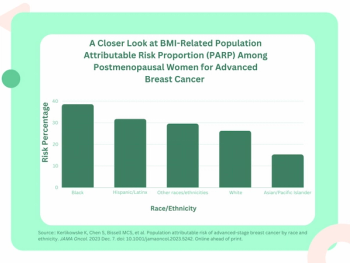
In a new study examining population attributable risk proportions (PARPs) based on data from over three million screening mammography exams, researchers found that postmenopausal Black women had the highest BMI-related PARP and premenopausal Asian and Pacific Islander women had the highest breast density-related PARP for advanced breast cancer.
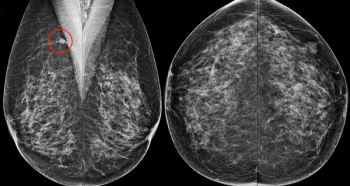
Contrast-enhanced mammography detected additional lesions in 43 percent of patients and led to additional biopsies in 18.2 percent of patients, over half of whom had malignant lesions, according to a study of over 500 women presented at the recent Radiological Society of North America (RSNA) conference.
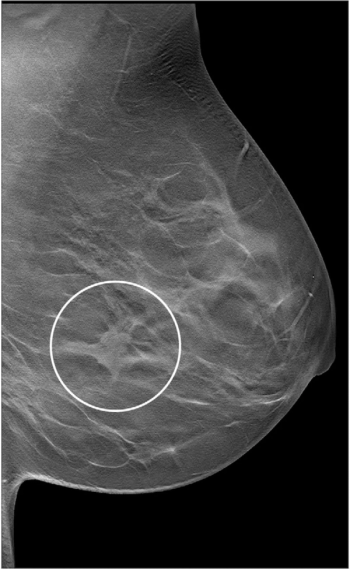
The combination of digital breast tomosynthesis (DBT) and digital mammography had a 21.6 higher invasive breast cancer detection rate for stage 1 tumors than digital mammography alone, according to a new study involving nearly 100,000 women.

Catch up on the top radiology content of the past week.

Catch up on the top AI-related news and research in radiology over the past month.
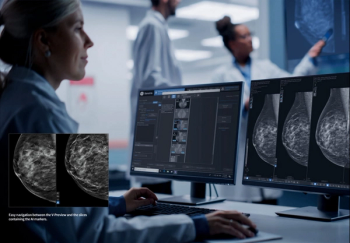
Offering an all-in-one platform of artificial intelligence (AI) applications, MyBreastAI Suite reportedly facilitates early breast cancer detection and enhances efficiency with breast imaging workflows.
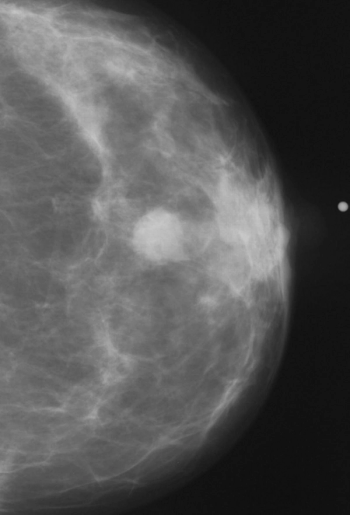
Consistent adherence to the five most recent mammography screenings prior to a breast cancer diagnosis reduced breast cancer death risk by 72 percent in comparison to women who did not have the mammography screening, according to new research findings presented at the annual Radiological Society of North America (RSNA) conference.
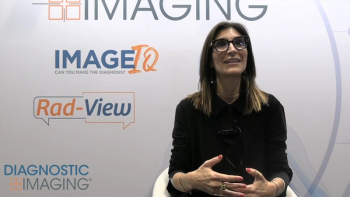
Dr. Kottler sat down with Diagnostic Imaging at RSNA 2023 to discuss AI imaging milestones and the potential impact of AI on workflows in radiology.

Catch up on the top radiology content of the past week.
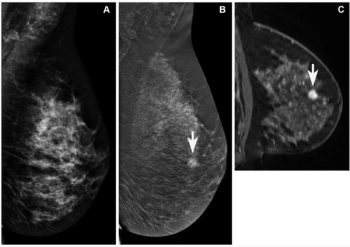
In findings from an enriched cohort of asymptomatic patients with screening-detected abnormalities, researchers found that contrast-enhanced mammography (CEM) was superior to conventional mammography and offered equivalent detection of breast cancer in comparison to breast MRI and abbreviated breast MRI.
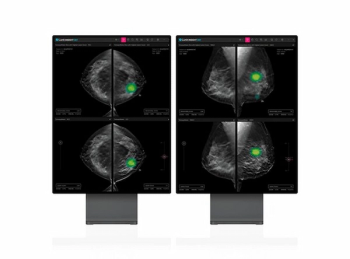
Lunit Insight DBT may facilitate improved detection and efficiency for radiologists interpreting digital breast tomosynthesis images.